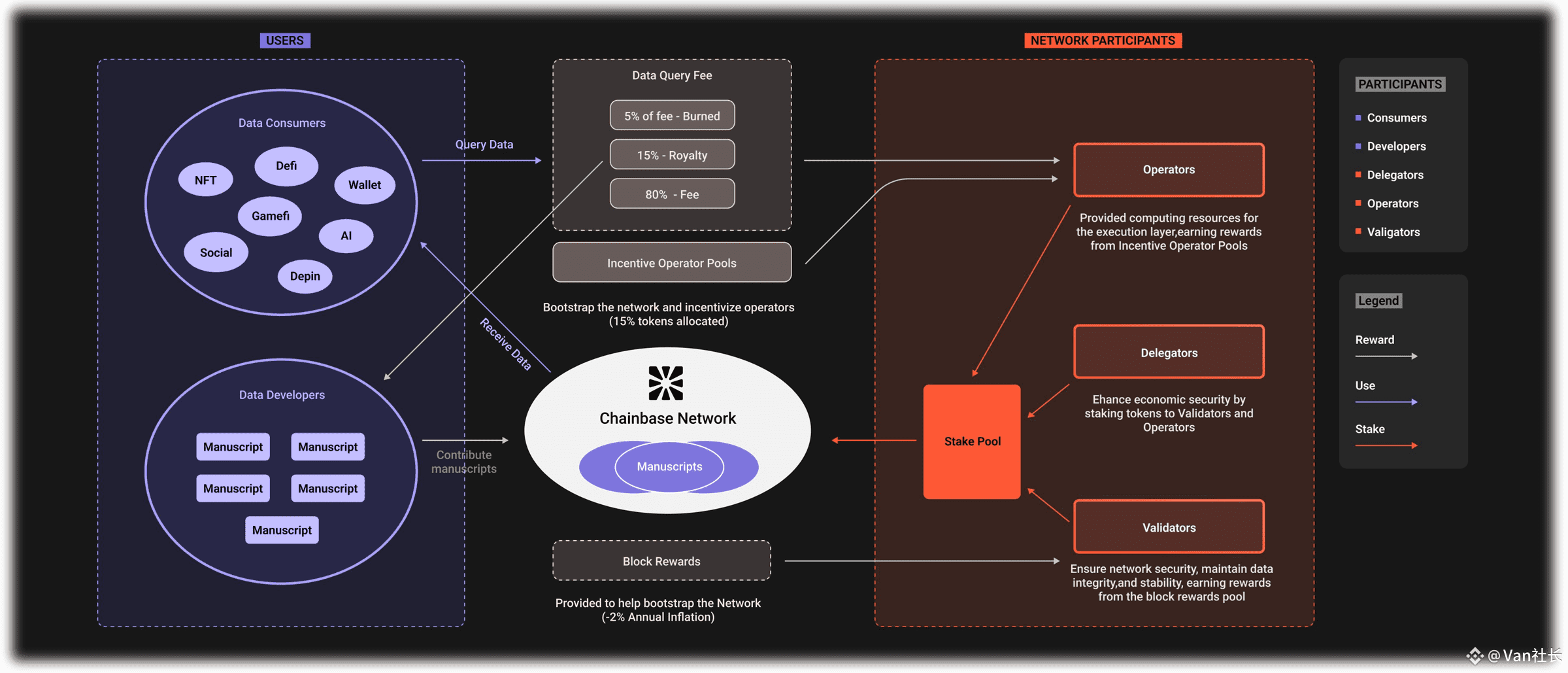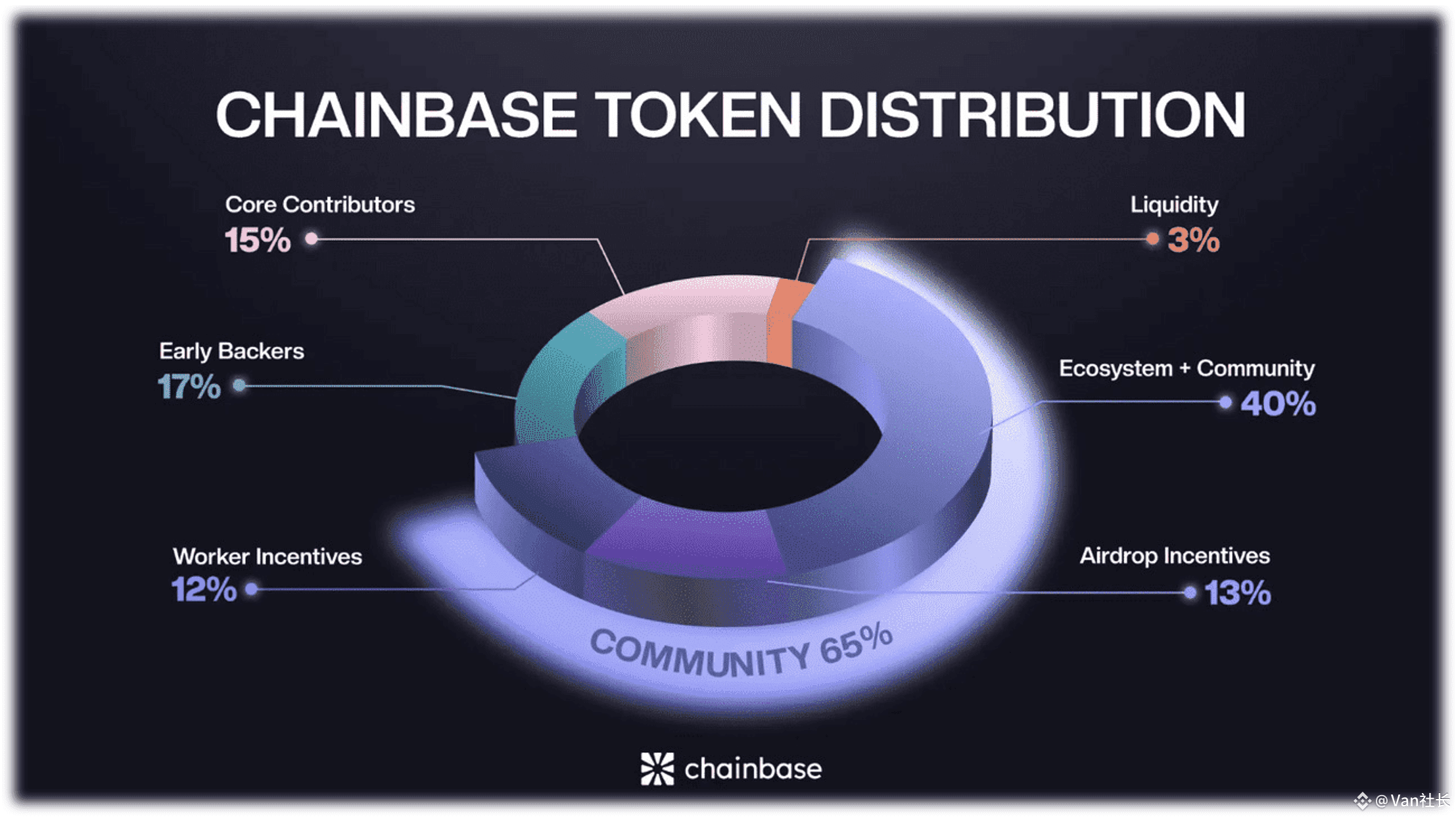Recently, the name Chainbase has appeared quite frequently in Binance Square, hasn't it? It focuses on being a 'full-chain data network,' which essentially addresses the old problem in blockchain—data from different chains resemble isolated islands; it aims to build a 'data highway' for interoperability. And the $C token is more than just a fee; it's not an exaggeration to say it's the 'core engine' driving the whole system.
$C What exactly can it do? Don't treat it as an ordinary token; @Chainbase Official the positioning it has is crucial:
- Basic function is 'payment': To query data and call interfaces on Chainbase, you must use $C for settlement. These fees will ultimately go to the operators providing resources, forming a 'pay-off for contributions' cycle, which is quite practical.
- Locking the network: Want to be a validator or node operator? You have to stake $C first. This move not only encourages everyone to work properly but also enhances the entire network's resistance to attacks, maximizing the sense of security.
- Having 'voice':Holding $C allows you to participate in proposals and voting; the future development direction of Chainbase can truly be decided by the token holders, which is how decentralized governance should be.

How well is the incentive mechanism designed? Chainbase hasn't overcomplicated the token incentives; the core principle is 'the more you contribute, the more you earn,' while also keeping inflation in check. The thinking is very clear:
- Earnings from querying data: 80% of the query fees are directly distributed to operators and stakers, 15% to data developers, and the remaining 5% is directly destroyed—this not only rewards those who work but also gradually reduces circulation; it's quite straightforward.
- Nodes have 'fixed earnings': 2% of tokens will be released each year, specifically rewarding those node operators who provide computing power and storage, essentially paying 'the road builders.'
- Extra rewards for block generation: Similar to common PoS mechanisms, every time a block is generated, validators and delegators can receive rewards, which is fair for those who work more.

Is the token economy stable? Chainbase has set an 'inflation cap' for C—maximum increase of 3% per year, which is relatively low among mainstream projects, coupled with clear destruction rules, ensuring basic scarcity. Moreover, C is the 'hard currency' essential for querying data, governance, and staking on the platform, so demand will definitely not be lacking.
Is it worth paying attention to? This project has just completed a Series A funding round, raising $15 million, supported by several top crypto funds and established Web2 VCs, indicating that the market recognizes its technical logic and commercial potential. Especially since it combines blockchain and AI quite deeply, from the Theia model to multi-chain data services, it's not just empty slogans.
In simple terms, C is not just a 'toll' for the Chainbase network; it is the 'key link' connecting the entire system. Querying data relies on it, security relies on it, governance relies on it; its role is both fundamental and core. If you're interested in blockchain infrastructure, data applications, or intersectional fields like DeFi+AI, Chainbase is truly worth spending time researching, and C might just be a good early layout opportunity.

